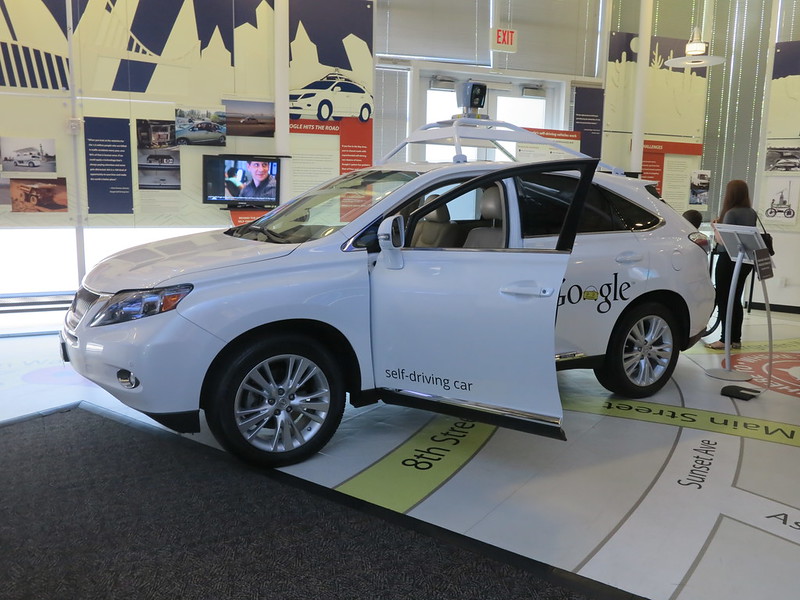
From 1 July 2022, rules covering the use of self-driving vehicles in Great Britain officially came into force, with the changes set out in a dedicated section of the Highway Code. This update is not only about new technology but also about preparing drivers, insurers, and manufacturers for how it will be used safely on UK roads.
At present, only vehicles with advanced driver assistance systems are available in the UK, but none have yet been legally classed as self-driving. The first approvals could come as early as next year, marking a shift from assisted driving features, such as lane-keeping or cruise control, to vehicles capable of taking full control in specific conditions.
What is a self-driving vehicle?
A self-driving vehicle is one listed as automated by the Secretary of State for Transport under the Automated and Electric Vehicles Act 2018. These vehicles can safely drive themselves when the system is correctly activated and the driver follows the manufacturer’s instructions.
Unlike assisted driving, where the driver must remain fully responsible, the Highway Code now confirms that a driver may divert attention from the road when the vehicle is operating within approved conditions. This may include using the built-in infotainment system, provided the driver is ready to take back control when prompted.
The technology, however, is not unlimited. Road type, weather, speed, and location can all affect whether self-driving mode can be used. Drivers must always be prepared to resume control, and the law is clear that you must remain fit to drive, keep the vehicle roadworthy, and follow all standard traffic laws. For example, drink- or drug-driving, or using a hand-held device, remain illegal even if the vehicle is in self-driving mode.
What about general road traffic laws?
You must still follow all relevant laws:
- You MUST be fit to drive (for example, you must be within the drink-drive legal limits and not be under the influence of drugs). See Rules 90 to 96.
- The vehicle MUST be road legal (for example, it must have an MOT certificate, if applicable, and it must be taxed and insured). The vehicle must be roadworthy (see Rules 89 and 97; and Annexes 3 and 6). You will also still be responsible for your passengers and anything else you are carrying (see Rules 98 to 102).
- You MUST NOT do anything illegal – like using a handheld mobile phone, or similar hand-held device. There are exceptions to this, which are set out in Rule 149.
If the vehicle signals that control needs to return to the driver, it will provide enough warning to do so safely. The Highway Code stresses that you must stay in the driver’s seat, remain alert, and take back responsibility as soon as required. These updates highlight how the law is balancing innovation with road safety while paving the way for wider adoption of autonomous technology in the years ahead.
How can we help?
We ensure we keep up to date with any changes in legislation and case law so that we are always best placed to advise you properly. If you would like to discuss any aspect of your case, please contact us on Alfreton : 01773 832 511, Derby : 01332 369 090, Heanor : 01773 769 891. Additionally, you can fill out our online enquiry form where a member of our team will be in touch shortly.
Image credit: “Self Driving Car” by pterjan is licensed under CC BY-SA 2.0.






